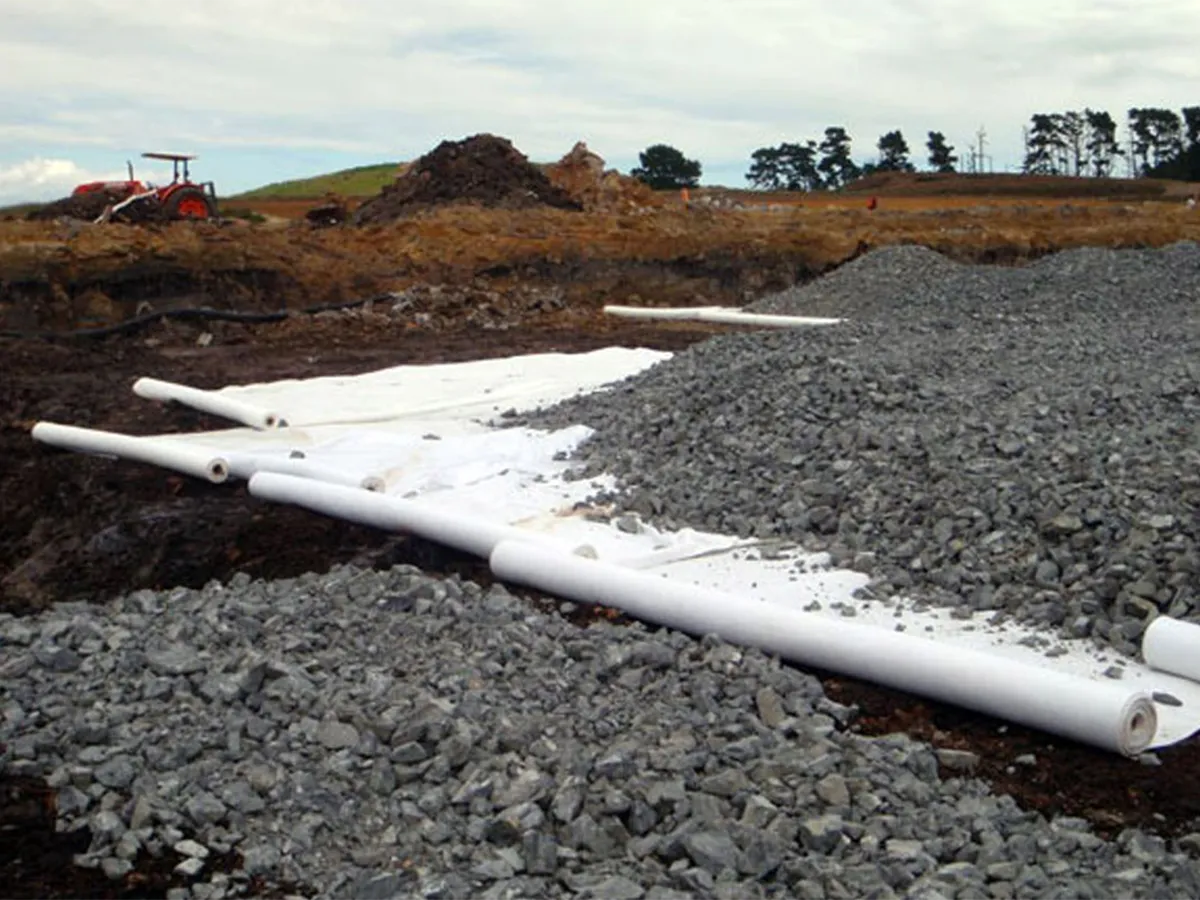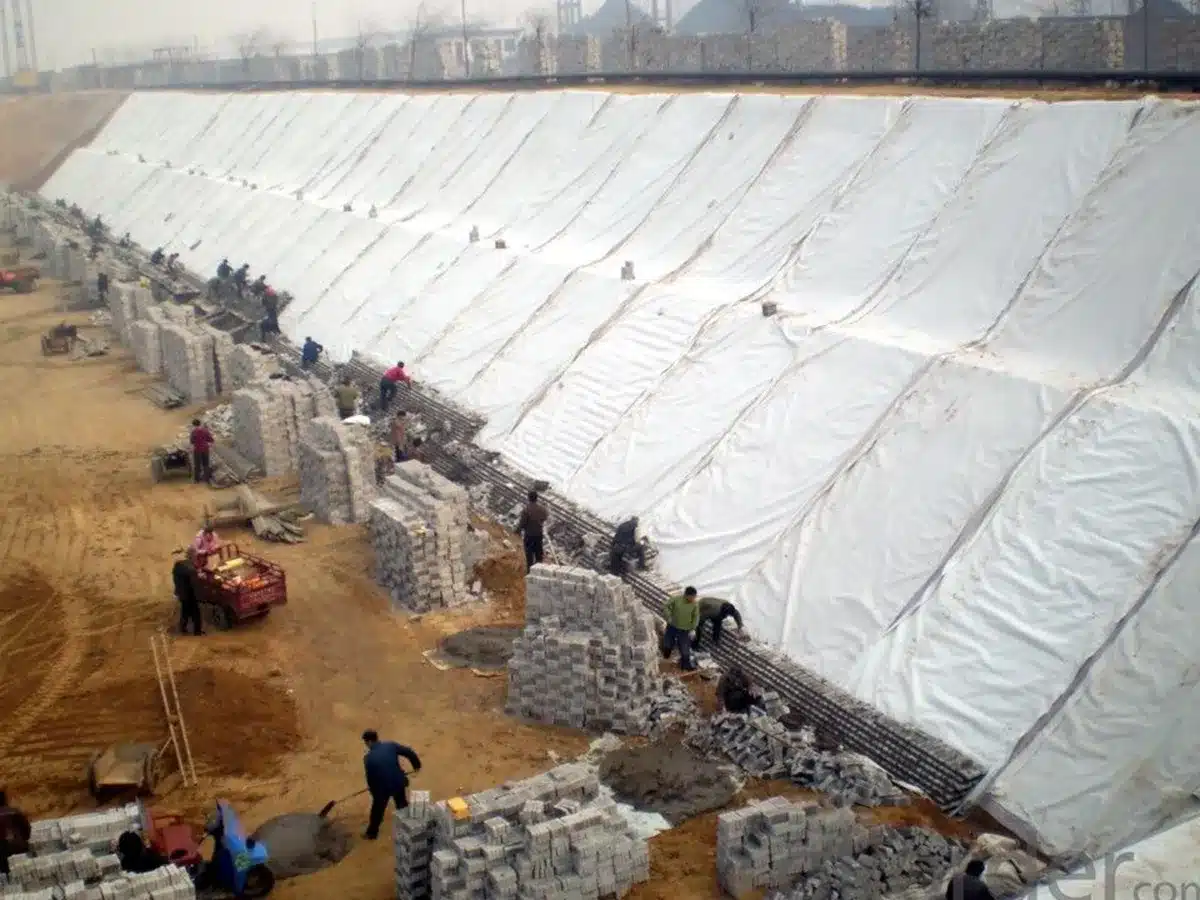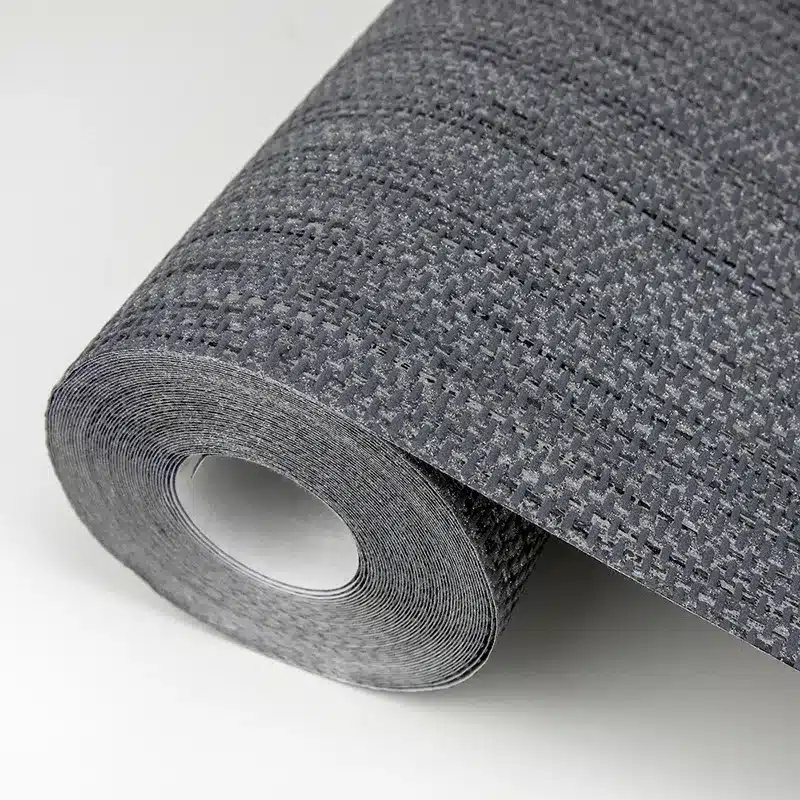+86-159 9860 6917
info@geofantex.com
geofantex@gmail.com
+86-400-8266163-44899
In the realm of civil engineering and environmental conservation, the innovation of geotextiles has brought about transformative solutions to complex problems. Among these innovations, the very tall geotextile wall stands out as a marvel of modern engineering. This article delves into the intricacies of very tall geotextile walls, exploring their design, applications, benefits, and the challenges they overcome in contemporary construction and environmental protection projects.

What is a Very Tall Geotextile Wall?
A very tall geotextile wall is a type of engineered structure that utilizes geotextiles—permeable fabrics that, when used in association with soil, can separate, filter, reinforce, protect, or drain—to create a stable and strong vertical barrier. These walls can reach impressive heights, often exceeding several meters, and are designed to withstand significant loads and environmental pressures. They are constructed using layers of geotextile materials, sometimes combined with other elements like earth, rocks, or concrete, to achieve the desired strength and stability.
How are Very Tall Geotextile Walls Constructed?
The construction of a very tall geotextile wall involves several critical steps. Initially, the site is prepared, which includes excavating to the required dimensions and ensuring a stable foundation. Layers of geotextile fabric are then laid down, each layer potentially being reinforced with materials like soil or gravel to enhance stability and load-bearing capacity. These layers are compacted and connected, often with mechanical fasteners or by interlocking their edges, to form a cohesive structure. The construction process requires meticulous planning and execution to ensure that the wall meets the necessary specifications for height, strength, and environmental compatibility.

What are the Applications of Very Tall Geotextile Walls?
Very tall geotextile walls have a wide range of applications in both urban and rural settings. They are commonly used for soil stabilization on steep slopes, erosion control along riverbanks or coastlines, and the creation of retaining walls in construction projects. These walls are also instrumental in landscaping and creating terraced gardens in hilly areas. In infrastructure projects, they serve as sound barriers along highways and as protective barriers to prevent landslides or to support the foundations of large structures like bridges and overpasses.
What are the Benefits and Challenges of Very Tall Geotextile Walls?
The benefits of very tall geotextile walls include their flexibility, cost-effectiveness, and environmental friendliness. They can be installed relatively quickly compared to traditional concrete walls, adapt to a variety of terrains, and use locally available materials, reducing transportation costs and environmental impact. However, challenges include ensuring long-term durability, especially in harsh environmental conditions, and the need for specialized knowledge in design and construction to prevent failure. Proper drainage and maintenance are also crucial to prevent water buildup and erosion at the base of the wall.
The tall geotextile wall represents a significant advancement in civil engineering and environmental management, offering innovative solutions to age-old soil erosion problems, slope stabilization, and infrastructure support. Its construction is a testament to human ingenuity, combining traditional materials with modern engineering practices to create structures that are both resilient and adaptable. As technology and materials science continue to evolve, the potential applications and capabilities of very tall geotextile walls are likely to expand, further solidifying their role in modern engineering and environmental conservation projects.



Get Free Sample
We’ll respond as soon as possible(within 12 hours)






















